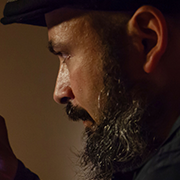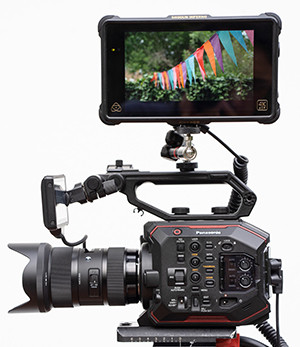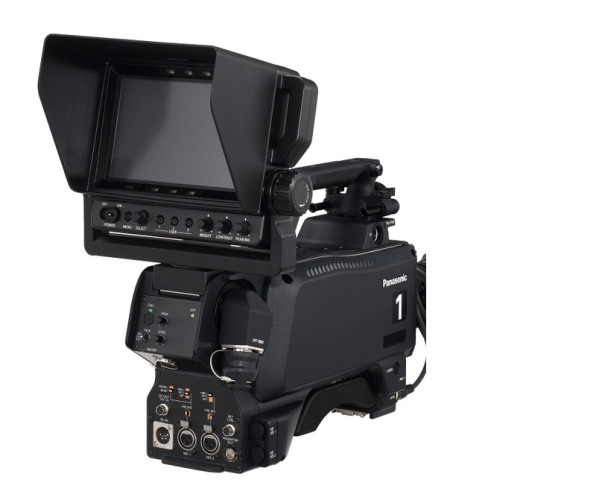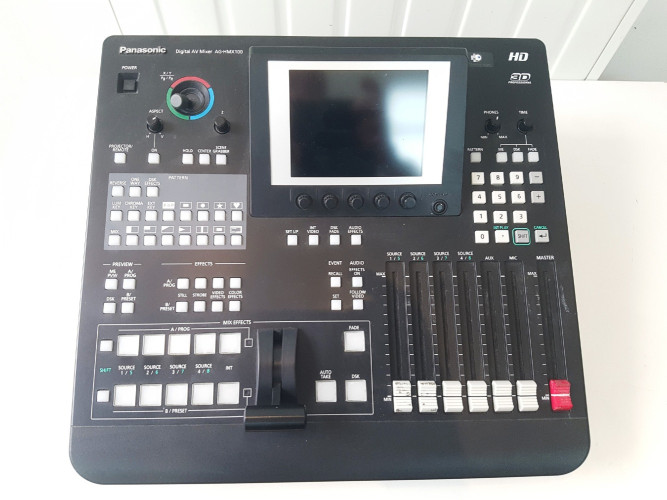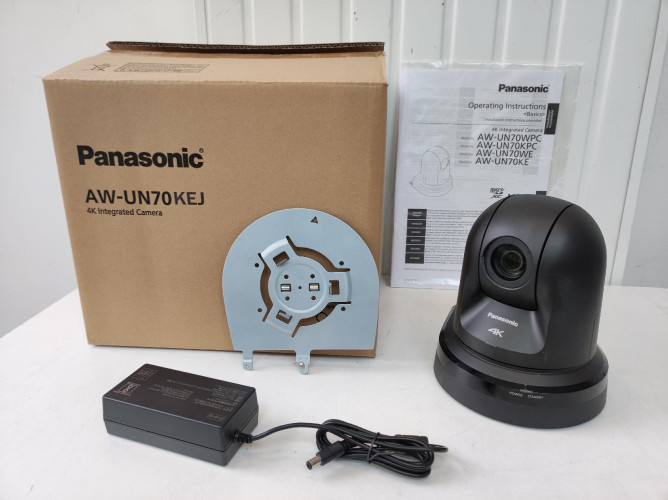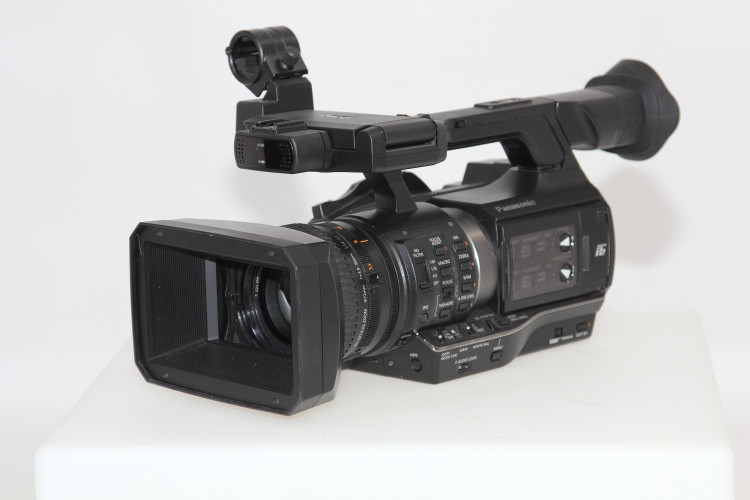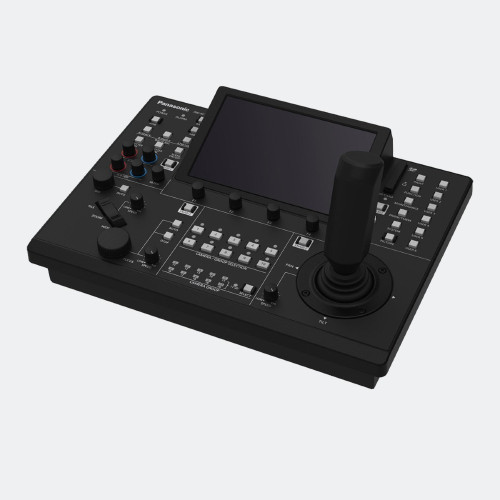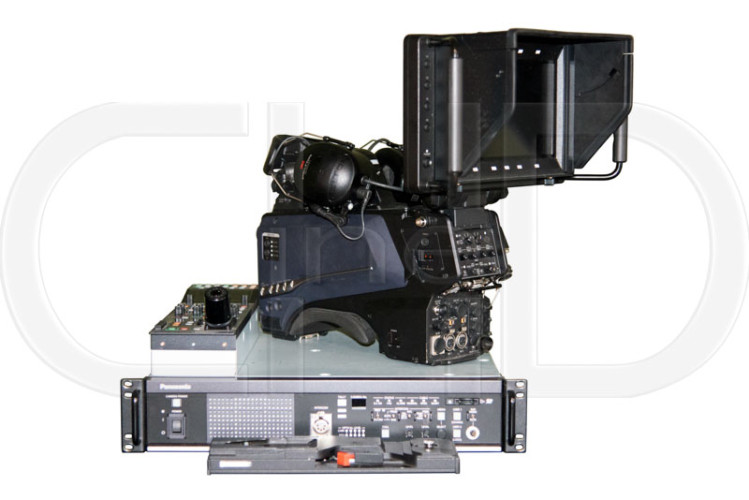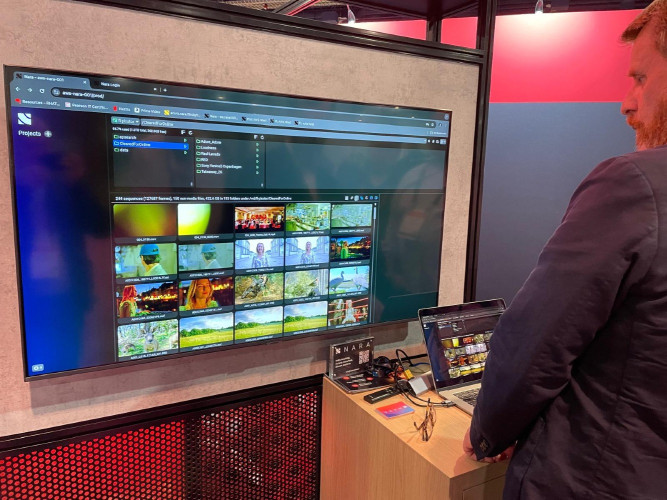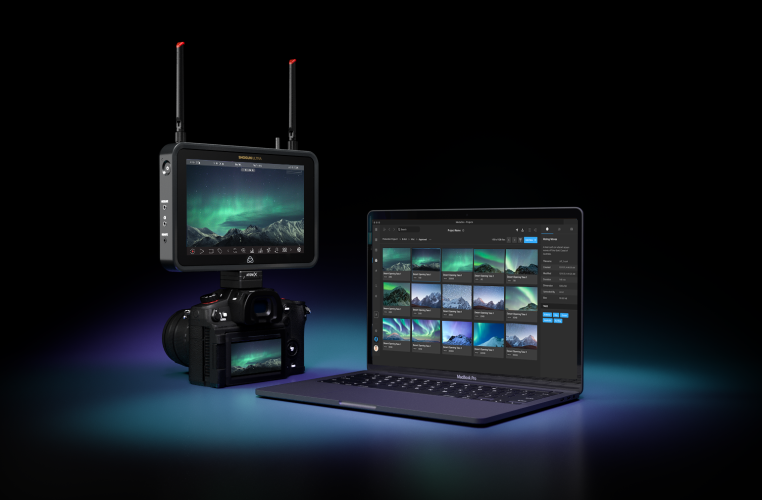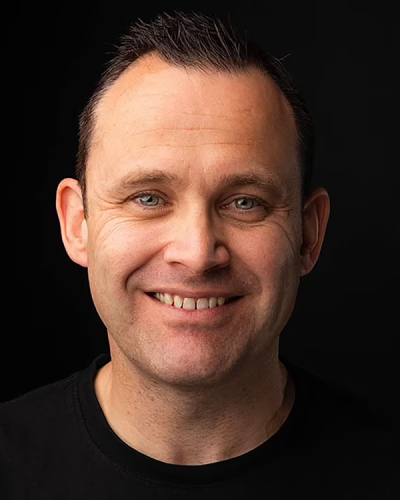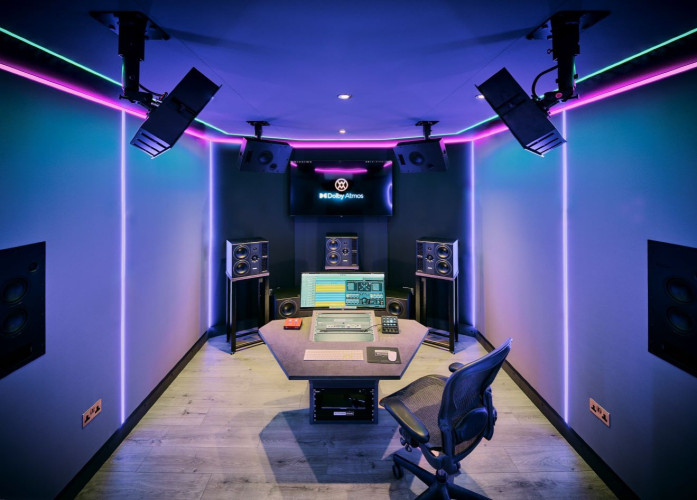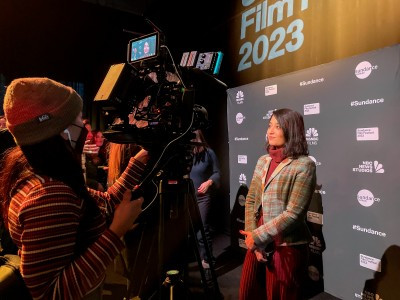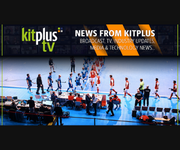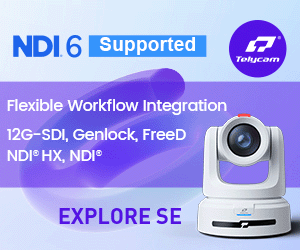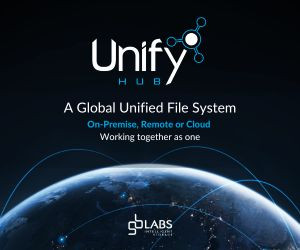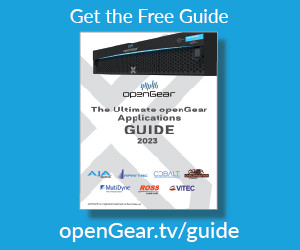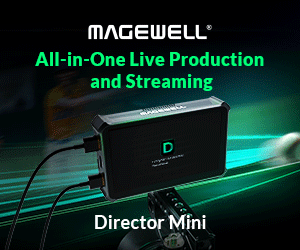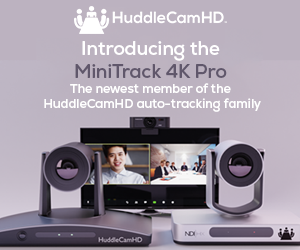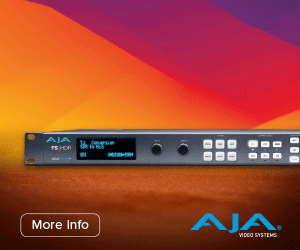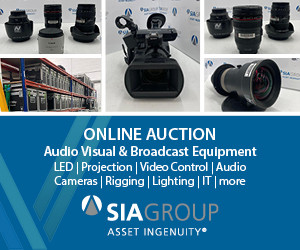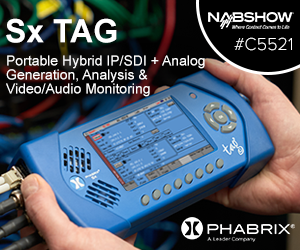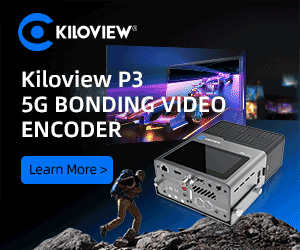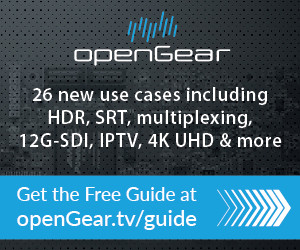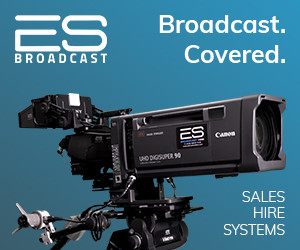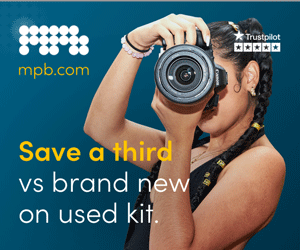Filmmakers all over the world are embracing an affordable new route to higher-than-4K video recording. It’s just a few weeks since Atomos enabled support for 5.7K Apple ProRes RAW recording from the Panasonic EVA1 with the Shogun Inferno monitor/recorder, but filmmaker David Fernandes and DP Gregory Bennett have already become the first to use 5.7K ProRes RAW on a full-scale production.
In that short time they have already filmed large parts of their new short film titled ‘Binge’ in 5.7K ProRes RAW.
“It’s such a wonderful combination,” Fernandes enthuses.
“We are super-happy with the way it turned out.”
Fernandes and Bennett were able to unlock the full potential of their EVA1 and Shogun Inferno HDR monitor/recorder with the free AtomOS 9.11 update. This allowed them to capture pristine 5.7K ProRes RAW imagery direct from the EVA1’s full sensor area at up to 30 fps in a highly efficient way. The combination can also record up to 4kp60 and 2kp240 in ProRes RAW, ProRes 422 or Avid DNxHR, plus up to 4kp30 in CDNG RAW. The Shogun Inferno sits on the camera and connects to EVA1’s 6G SDI port, recording the RAW files to reliable, affordable SSD media, which can then be easily edited in Final Cut Pro X.
“The Shogun is, in my opinion, an incredible deal - we ended up getting the full kit. To add that level of recording to this little camera for so little money makes it a killer combo. For less than $10K US you can basically shoot far higher resolution than 4K It’s pretty amazing.”
Working with a small crew and tiny budget they shot a ten minute short about a woman who receives a package with a mysterious smiley face on it and no return address. The contents send her on a wild goose chase to figure out where it came from.
“She gets hooked on the mission, keeps going and going, and the situation gets increasingly more dangerous,” Fernandes explains.
Like most filmmakers, for Fernandes and Bennett it’s the image quality that counts. It’s easy to be impressed with paper specifications, but the pair are working professionals used to shooting their commercials and short films on ARRIs and REDs. The amazing image quality of the EVA1 and Shogun Inferno came as a bit of a surprise to them.
“I’m really, really super-impressed with the images we’re getting out of the EVA1,” said Fernandes
“I kinda scoffed at it [EVA1] at first to be honest with you. Then we actually did some testing, brought a friend in to model and went through the paces of this versus a RED and versus a FS7 II and just came away feeling, Wow - they really got the color right on this. That’s a huge thing.”
He says that comparing the EVA1/Shogun Inferno combination to a £35K+ top end camera might seem like comparing apples to oranges, but Fernanades enthuses “The quality is amazing. We used to own an ARRI Amira. In some ways I actually find that the EVA1 has better image quality It has Dual ISO and the Panasonic V-Log is so close to ARRI Log C that you can put an ARRI LUT on it. The skin tones render a little differently on ARRI cameras, but I find them very similar to my eye.”
5.7K Advantage
But why make the extra effort to shoot in 5.7K when 4K recording is only just now becoming popular? Fernandes says that ‘Binge’ will be finished in UHD for its festival run, explaining: “I subscribe to the theory that if you are filming something, why not start with the highest quality and resolution possible? Because that’s kind of like your negative, so that if at some point in the future I want to uprez it to 8k or something, then I’m half of the way there. Having the higher quality master files is a benefit for longevity.”
“The thing about single chip 4K cameras is that they interpolate a lot of the data in order to get the colour information and the pixel data, so basically having a higher resolution and reducing it down to UHD will get you a better quality 4k final image. Starting at 5.7k and reducing it down to UHD will reduce the noise and increase the sharpness. The EVA1 downsamples from 5.7k to 4k internally when it records to memory cards, but going with the RAW you are bypassing whatever the camera does to the picture automatically and it gives you more fine control over the process.”
Panasonic and Atomos were certainly not the first to offer a higher-than-4k large sensor camera solution. But the EVA1 and Shogun Inferno is certainly the most affordable based on a mainstream Japanese camera. The pair were originally looking at other systems but the great value, coupled with the new 5.7k recording, was enough to persuade Fernandes and Bennett to buy the EVA1 and Shogun Inferno. “We were pretty set on getting a RED camera but then NAB came around and Atomos announced that they had a new RAW codec and it was going to work with the EVA1 5.7k and that pushed us over the edge into getting a Panasonic camera instead of the RED, which was quite a lot more expensive.”
Easy editing and data handling
Of course, capturing RAW is only practical if there is an easy way to edit the higher resolution material. This is where ProRes RAW has a major advantage as its heavy optimization for Mac gives it unprecedented levels of performance, where other RAW systems require more lengthy transcodes, extra horsepower and more cost. Fernandes found he could work happily with ProRes RAW on his MacBook Pro.
“We shot a couple of commercials a few weeks ago, not in 5.7K, but in 4K ProRes RAW. There’s so much color information that’s there, with a file so small that plays so nicely on a Mac. On my new 2017 MacBook Pro with Thunderbolt 3 RAID drive, editing 5.K RAW is honestly like editing HD - it doesn’t chug whatsoever. Even my 2013 iMac plays 4K ProRes RAW with no problem at all.”
“It’s a really easy workflow; you can work with it natively in Final Cut Pro X and you don’t need to transcode anything.”
Greater efficiency also means less disk space and lower storage costs. The three day shoot was recorded in the higher ProRes RAW HQ quality and still only resulted in about 3.5TB of files.
“Having that kind of 5.7k quality and barely filling up a 4TB hard drive is pretty impressive,” Fernandes explains.
Monitoring with Atomos
Fernandes is quick to point out that higher resolution is only half the equation. Accurate monitoring on-set is essential. The Shogun Inferno’s HDR slider, Presets , LUTs, waveform, vectorscope and other tools ensure they can get perfect images.
“It’s kind of a big thing for me to have a camera where what you see is what you get. When you look at your monitor on-set, then you look at the file later on your computer, they look the same. I find the EVA1 very consistent between monitor and post and the Shogun Inferno is the piece in-between that is maintaining that accuracy.”
“On the commercials that we did there is very little tweaking that we’ve had to do. We try to get the look in-camera as much as possible...through lighting and camera settings.”
Low light performance with dual native ISO
The duo chose to shoot with Zeiss Super Speed cine lenses (with the Wooden Camera PL lens modification for EVA1) at both 800 and 2500 base ISOs.
“It’s pretty incredibleit was in the middle of the night with very little light and we were getting an exposure that’s pretty incredible. We were like Wow... this camera is seeing better than we are. The grain is very, very minimal and I think it’s quite pleasing.”
The duo still lit everything, but much less than they expected to. For one scene they were shooting under mixed light: big sodium vapour streetlights, fluorescent bulbs and LEDs.
“It looked greatYou can get the feeling of colours coming from different places and it’s really well preserved in the RAW,” says Fernandes.
“With our ARRI Amira you couldn’t shoot at night like that - even at 1600 ISO it was noisy; you would have needed a lot more light.”
What does it mean for their business?
The duo are enthusiastic about what the camera has done for their business.
“We would have rented cameras more; we just shot three commercials a couple of weeks ago and we would have rented a RED or an Alexa Mini. Instead, we able to shoot it on a camera we can rent to the production for a fraction of the cost and personally, I think, get results that are just as good. Our DP really does know what he’s doingin the right hands I think you can get top quality images out of this little $7500 camera married to the Atomos recorder getting you your full sensor RAW,” says Fernandes.
“The EVA1 and the Shogun Inferno are like a match made in heaven, they really do work extremely well together.
“I can’t really think of anything that this camera couldn’t accomplish with the right crew and the right lenses.”
David Fernandes and Gregory Bennett shoot a lot of political campaign advertising but also like to shoot narrative films, especially sci-fi. Fernandes is hoping to transition into television full-time.



